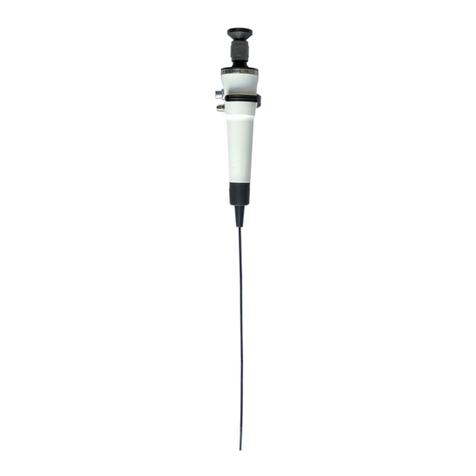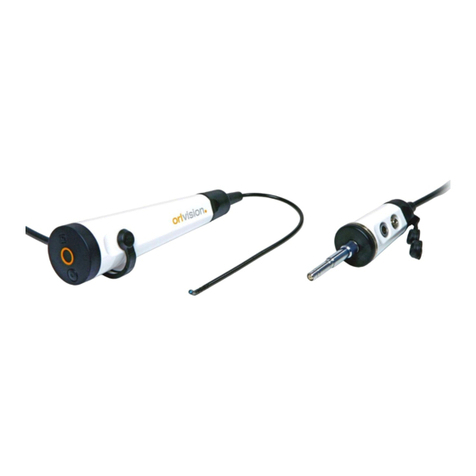
2
Content
1 Risks and hazard warnings .............................................................................................................. 3
2 Intended use ..................................................................................................................................... 5
3 Symbols used ................................................................................................................................... 5
4 Functionality and application ............................................................................................................ 6
4.1 Application ............................................................................................................................... 6
4.2 Image processing .................................................................................................................... 6
4.3 How it works ............................................................................................................................ 6
4.4 Notes on use............................................................................................................................ 6
4.5 Scope of delivery ..................................................................................................................... 6
5 Technical data .................................................................................................................................. 7
6 Manufacturer .................................................................................................................................... 8
7 Use of the Video Rhino Laryngoscope............................................................................................. 9
7.1 Switch on ................................................................................................................................. 9
7.2 Insert, angle and retract the insertion tube. ............................................................................. 9
7.3 Switch off ................................................................................................................................. 9
8 Cleaning, care and disinfection ...................................................................................................... 10
8.1 Manual procedures ................................................................................................................ 10
8.1.1. Cleaning ......................................................................................................................... 10
8.1.2. Disinfection .................................................................................................................... 10
8.1.3. Final rinse ...................................................................................................................... 11
8.2 Machine processes ................................................................................................................ 11
8.3 Leak test ................................................................................................................................ 12
8.4 Care ....................................................................................................................................... 13
9 Maintenance and repairs ................................................................................................................ 13
9.1 Return .................................................................................................................................... 14
10 Disposal ..................................................................................................................................... 14
11 Electromagnetic compatibility .................................................................................................... 14
11.1 Information on the operating environment: ............................................................................ 14
11.2 Information on the performance characteristics .................................................................... 14
11.3 Electrical immunity (immunity) ............................................................................................... 14
11.4 Immunity test ......................................................................................................................... 14
11.5 Electromagnetic emission ...................................................................................................... 15
12 Reporting of serious incidents ................................................................................................... 15





























